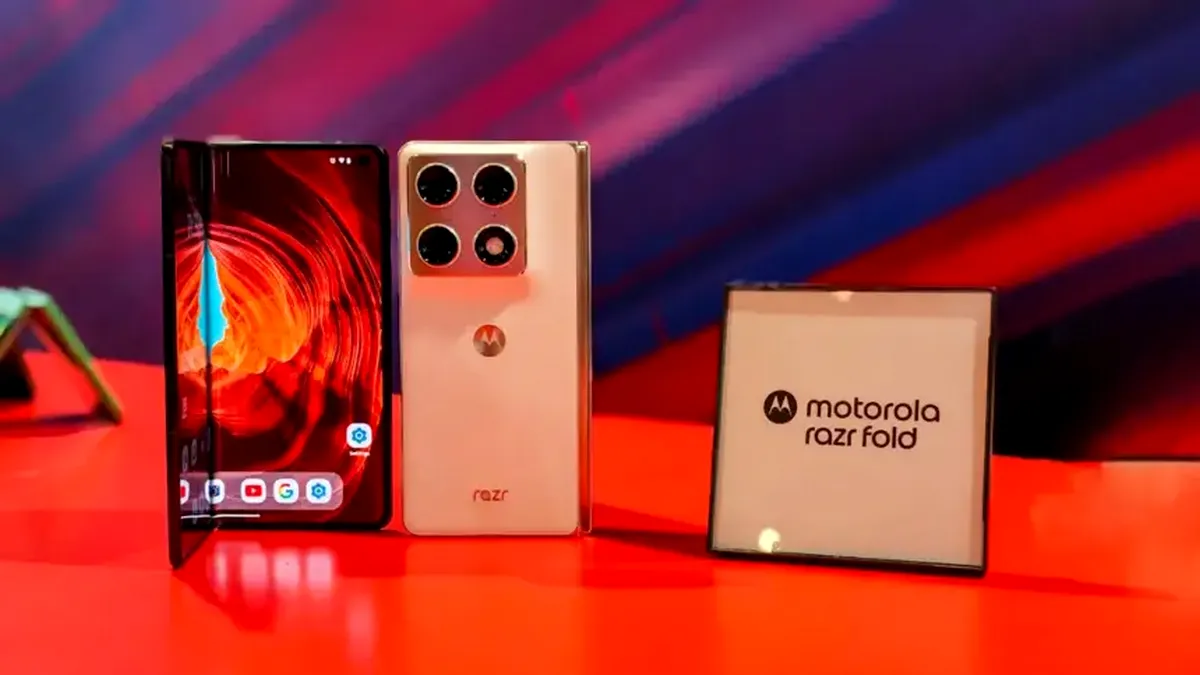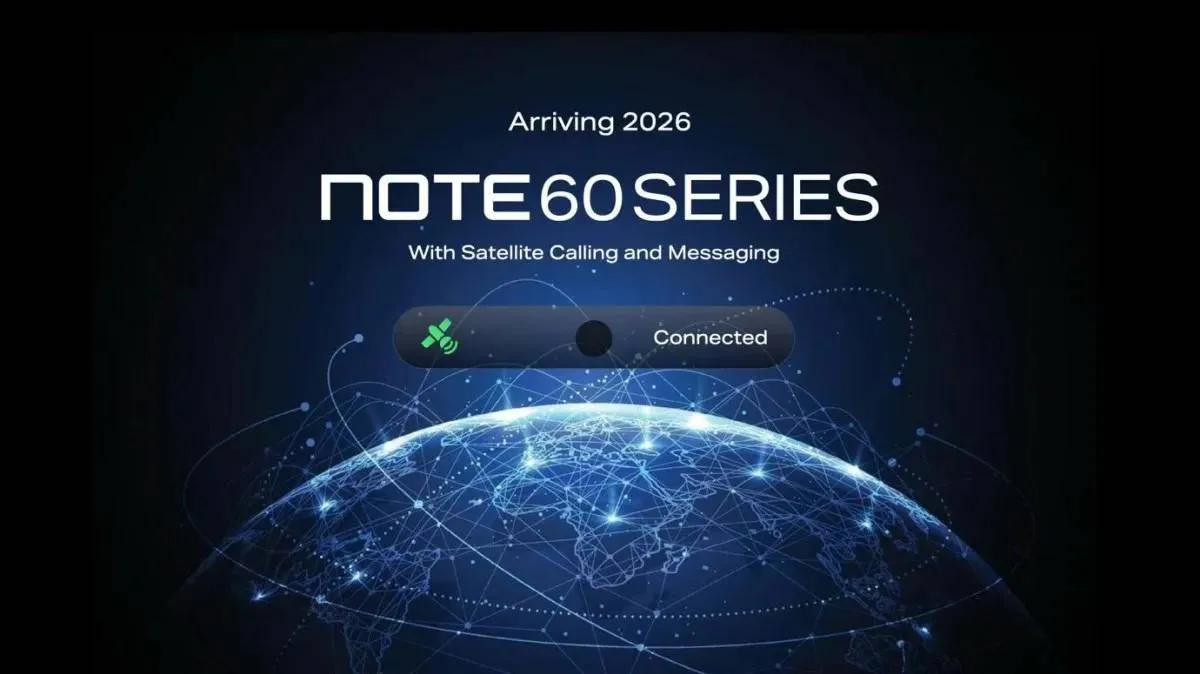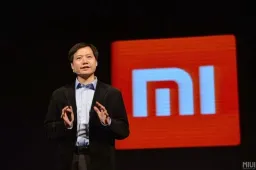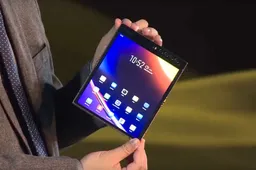
At the Digital Energy China Tour 2020, Huawei released a new generation modular data center - Smart Micro-module 5.0. According to Huawei, the smart micro-module 5.0 uses its self-developed smart lithium battery (SmartLi battery) to achieve a full lithium battery backup. The smart micro-module 5.0 solution also comes with a large screen and supports AI-Robot intelligent operation. With these features, it maintains a minimal design but offers a secure data center.
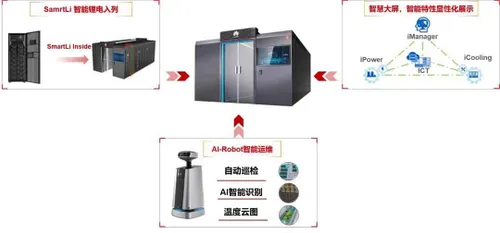
One of the selling points of Huawei smart micro-module 5.0 data center is its lithium battery. Because of its high energy density and lightweight, lithium batteries can achieve the same weight as IT cabinets. When compared with lead-acid batteries, you save more than 70% of the space even with the same IT load. It creates more space and carries more load.
Huawei SmartLi lithium battery adopts the industry's first active current sharing technology. It supports the mixing of new and old batteries to achieve a smooth expansion of the battery. This technology reduces investment.
The Huawei smart micro-module 5.0 uses a 43-inch touch screen that supports AI algorithms and smart communication. This display integrates some physical micro-modules and comes with features such as iPower, iCooling, and iManager):
- iPower: Visualization of data center power distribution links, key modules to systems, predictive maintenance
- iCooling: The cooling link is visible, AI cooling energy efficiency is optimized, and PUE is reduced by 8%-15%
- iManager: The data center is globally visible, "seeing and tuning", reducing operation and maintenance costs by 35%;
In addition, it also support face recognition to activate the system and for system management login. The goal is to display intelligent features to customers in an explicit and intuitive manner. The display also seeks to maximize assistance to users and reduce operation difficulty.
AI-Robots does its maintenance
Furthermore, the Huawei smart micro-module 5.0 supports intelligent unmanned inspections with the help of an AI-Robot. According to the company, inspection information is reported in real-time, and inspection reports are automatically generated to simplify operation and maintenance.
The AI intelligent recognition function can check the status indicator of the air switch, fan (for abnormal noises), asset images, temperature maps, and so on. This eliminates the need for a physical check on the data center thereby reducing operation cost. The goal is to replace humans with robots and ultimately achieve completely unmanned operation and maintenance. The data center operation and maintenance are already in the "unmanned" era.
Loading


